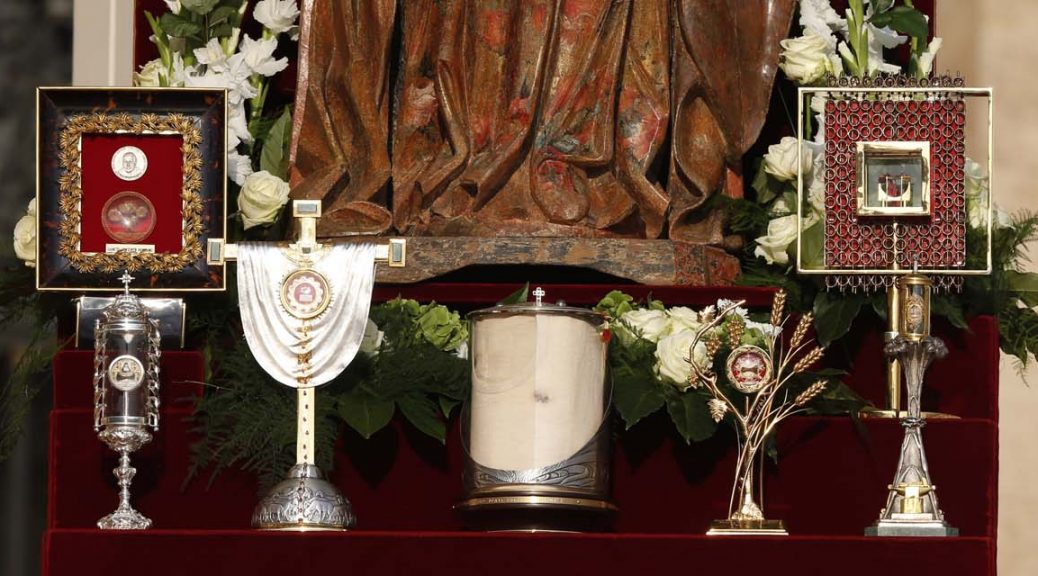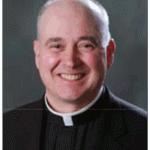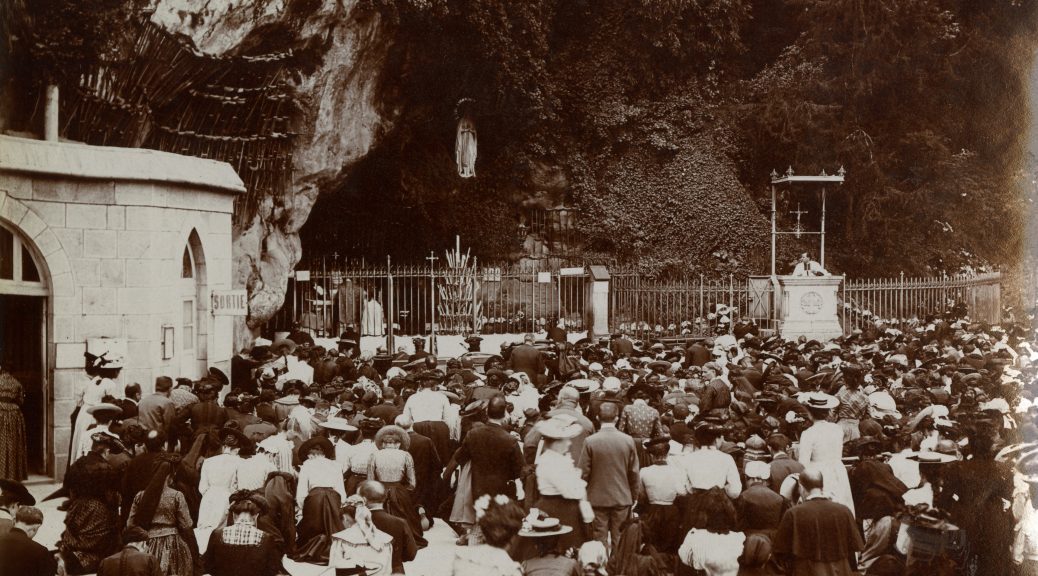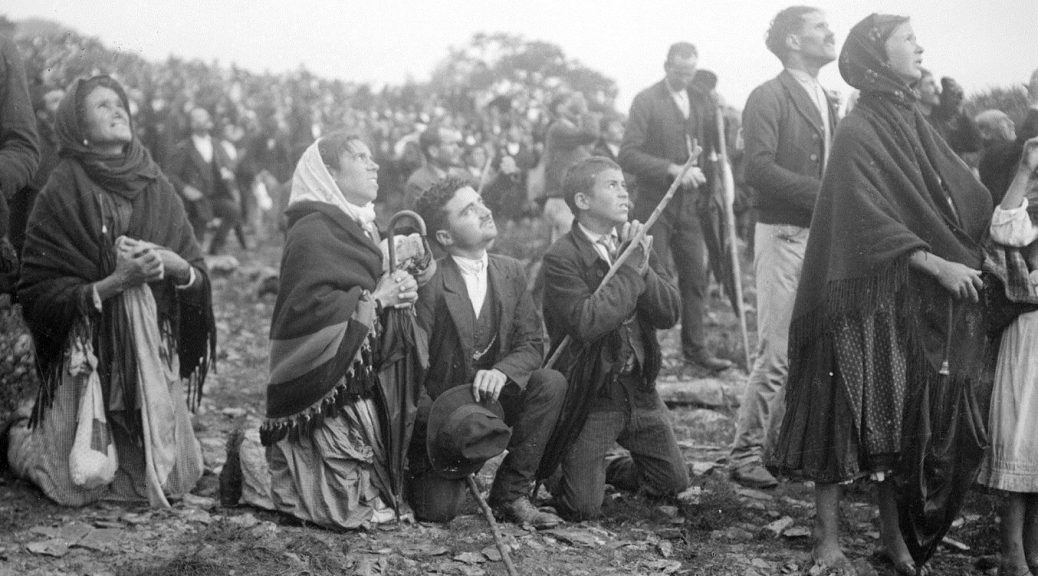The historical origins of the Feast of All Saints which we have just celebrated involves the transformation of one of Rome’s most impressive pagan temples the Pantheon into a Catholic Church. The Pantheon, originally dedicated to one of the military victories of Caesar Augustus, was given by the Emperor Phocas (a Christian) to the Pope (Boniface IV) in the early Seventh Century A.D.
After having the Pantheon purified Pope Boniface had a great many of the relics of the Early Church martyrs brought to it in preparation for the Dedication. Twenty-eight wagons full of relics were unloaded! On May 13th, A.D. 610 the Pope dedicated this new church in honor of Mary the Mother of God and All the Holy Martyrs, Sancta Maria ad Martyres.
Most fittingly a Feast of All Martyrs commenced on this day, May 13th, which always fell during the celebration of Paschaltide. Should not the martyrs who shed their life-blood for Christ not also be especially honored during the season of the Year when the Church celebrates Christ’s Resurrection?
In the early 9th Century, however, Pope Gregory IV (reigned 827-844), transferred this feast from May 13th to November 1st, and widened its celebration to include all the Saints, and not just the blood-martyrs. By this time the Church’s
veneration of non-martyr saints was well-established. A likely practical explanation for this transfer is the difficulty of providing food for large numbers of pilgrims in the spring-time. November 1st—after the harvest—was more suitable. The celebration of All Saints Day on November 1st easily draws us in to thoughts of the Church’s Harvest Time in the Second Coming of Christ. These days of November emphasize the mystery of the consummation of all things when Christ shall return to earth in His glory. The souls of the faithful departed, already secure in their salvation, await their resurrection. We who are still on earth consider our “last end”, and the account which we must make to Christ of our lives.
At the canonization Mass in Rome of the seven new saints of the Church three weeks ago on October 14th, first-class relics of them were placed in reliquaries at the foot of Our Lady’s statue. See the PHOTO at the top of the column, from Catholic News Service, by Paul Haring. (This is a gesture reminiscent of the original dedication of the Pantheon to Our Lady and all the Holy Martyrs in 610.) According to the article which appeared in the Boston Pilot on October 19th (“Relics Offer Physical Reminder that Saints Were Real People”, by Cindy Wooden, Catholic News Service) the contents of the formal reliquaries are as follows:
- Pope St. Paul VI: the blood-stained undershirt from when he was stabbed by a would-be assassin in 1970.
- St. Oscar Romero: a bone fragment.
- St. Francesco Spinelli: a bone from his foot.
- St. Vincenzo Romano: a vertebra.
- St. Nunzio Sulprizio: a bone fragment from his finger.
- St. Catherine Kasper: a bone fragment from her back.
- St. Nazaria Ignacia March Mesa: a lock of her hair.
Our Catholic veneration of relics is a testament to our faith in Christ’s promise of a general resurrection to come and of our vital belief that God hears the prayers of His Saints. He continues to work good on earth by means of them, even by means of their earthly ashes.
(Pastor’s Note from the Mary Immaculate of Lourdes Parish Bulletin for November 4, 2018)
